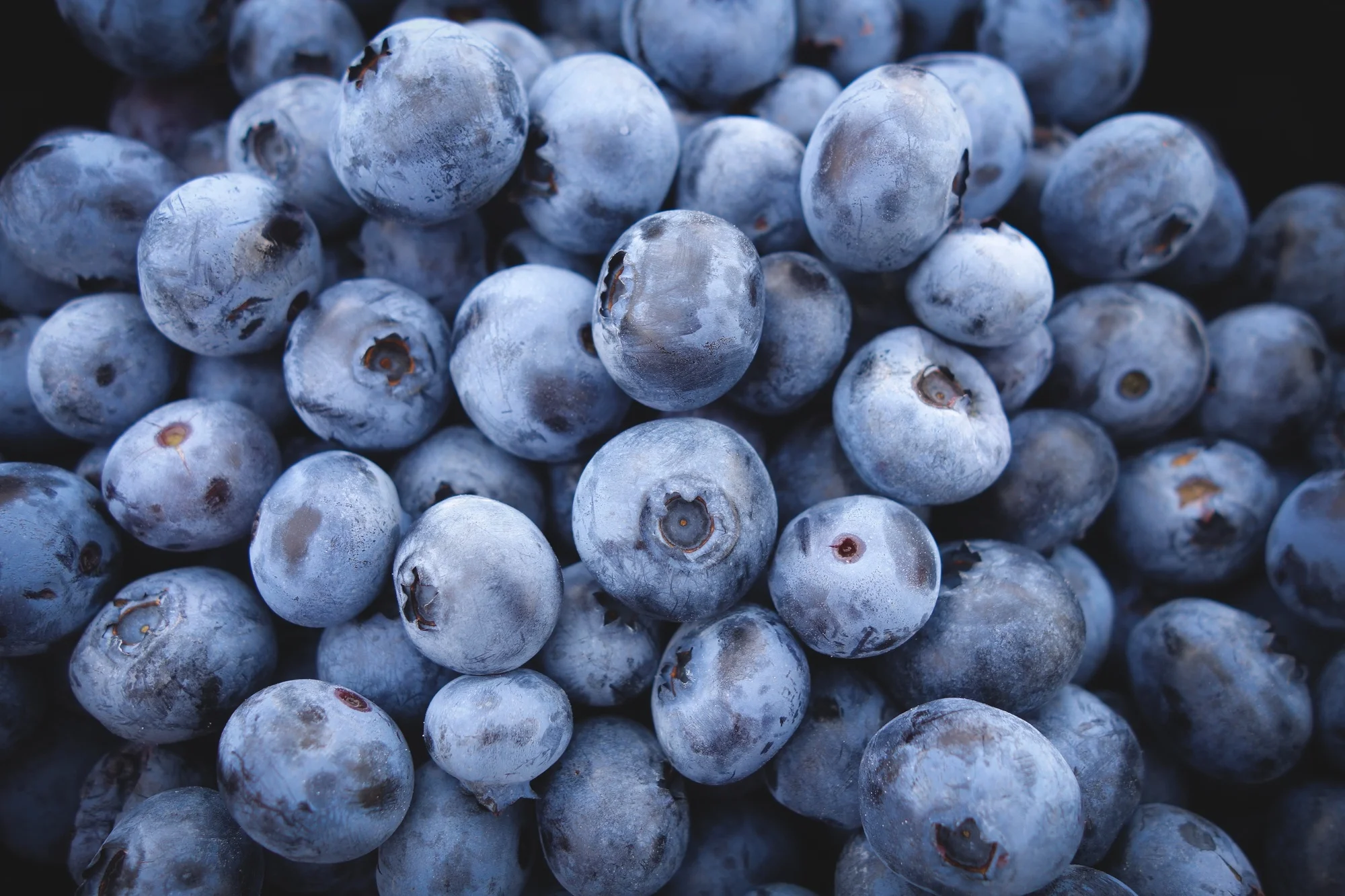8 Food Safety Tips to Keep Your Family Healthy
/You try your hardest to read labels, cook tasty meals, and keep you and your family healthy, but have you thought of food safety? Many of us know the basics, but there are a few key tips that can make your kitchen even safer to avoid not-so-fun foodborne accidents. Read on for some easy fixes to keep your food safe!
Many people never get the chance to take a cooking class, so we just kind of learn as we go. I didn’t get a crash course in food safety until grad school, and while it’s not the most exciting topic, it is pretty crazy how easy it can be to get sick if you don’t follow a few simple rules.
First Up, Wash Up
Wash your hands
First things first, wash your hands well. This means you should wash your hands for at least twenty seconds with soap and water, making sure to scrub the back of your hands, under your nails, and between your fingers. Repeat this step while cooking as needed, especially after touching any raw meat or eggs.
Wash, soak or scrub produce
Next up, make sure to wash fruit and vegetables before peeling. If you skip this step, germs can go into food as you cut or peel fresh produce. I like to use a designated vegetable brush to give produce with a tougher skin a good scrub. You can also soak some produce in a mix of three parts water to one part vinegar to remove harmful bacteria and some pesticide residue. I use one of these little guys to give everything from apples to cantaloupes a good scrub.
Do not wash these things
While it used to be recommended to wash meat before cooking to remove bacteria, it’s now been found that washing off raw meat, poultry or eggs can actually cause bacteria to splash on your sink and counters. (Yum.) Instead of washing these items, keep them in a safe place, like a bowl, before cooking, cook them to proper safe temperatures, and wash your hands after touching them.
Don’t Cross-Contaminate
It sounds simple, but it’s so easy to cross contaminate surfaces in your kitchen. For example, if you’re prepping chicken and then a salad on the side, it would be easy to get salmonella on your counter, or not properly wash your cutting board before moving on to salad.
To make things simple, use separate cutting boards, plates and knives for produce and raw meat, seafood, and eggs. When you’re done, wash with hot soapy water.
Use a Food Thermometer:
Checking with a food thermometer is a great way to make sure that food is cooked to a hot enough temperature to kill common germs, without you having to cut open meat and lose moisture.
From low to high tech, there are a lot of great food thermometer options.
I like to use a simple thermometer for a quick temp read. For those who like meat cooked on the more rare side, a Bluetooth thermometer can help you get the temperature juuuuust right.
Safe Minimum Cooking Temperatures:
Poultry, including ground- 165°F
Ground beef, pork, lamb, and veal - 160°F
Beef, pork, and lamb - 145°F
Fish: - 145°F
Keep Hot Foods Hot and Cold Foods Cold
Hot food should be kept at 140 degrees or over and cool foods should be kept under 40 degrees to keep pathogens from multiplying to dangerous, sickening levels. While this rule doesn’t apply if you’re quickly letting your plate cool off or letting meat sit after cooking for a few minutes, it is very important when food is sitting out, like at a BBQ.
To keep foods warm, use a crockpot or warming tray. Place cool items in a bowl resting in a container filled with ice, and make sure to check temperatures regularly. (You don’t want your gathering to be the talk of your family for years in the wrong way, right?)
Chill Food Properly
Between 40 degrees and 140 degrees is considered the food “danger zone”. The danger zone is a range of temperatures that pathogens love to multiply at, so you want to get food as quickly as possible out of this range and into your fridge so it’s safe to eat later.
Most food, like milk, eggs, meat, and cooked fruits and vegetables, should be placed in the fridge within 2 hours. If temperatures are hovering at 90 or over, make sure to get them in the fridge within an hour.
To quickly cool hot dishes, divide food into several shallow containers so they can cool faster. You can chill things out even faster by placing cool water and ice in a sink and placing containers there to cool.
Reheat Foods Safely
The USDA recommends leftovers be reheated to 165° F.
Make sure to cover leftovers as they cook, to save yourself cleaning time and to help them properly reheat. Sauces, soups and other liquids should be reheated to a boil. You can also safely reheat frozen foods in a saucepan or microwave, though it will take longer.
I personally use a glass microwave cover. I love that it keeps my microwave splatter-free and is easily washable.
Refrigerator Tips To Keep Food Safe
First off, the refrigerator should be set between 40 and 32° F., and your freezer at 0° F.
Make sure raw, uncooked meat is on the bottom shelf in case it leaks, Keep it away from produce and ready to eat foods.
Thaw or marinate foods in the refrigerator to keep them at a safe temperature.
Wrap leftovers well, to lock in moisture and keep odors and bacteria out.
Leftovers can be kept in the refrigerator for 3 to 4 days or frozen for 3 to 4 months. Some foods can be kept longer in the freezer, but they do lose flavor and moisture.
When in Doubt, Throw it Out
If you don’t know how long something has been in your fridge, or has been sitting out, the safest thing to do is throw it out. I know it’s a bummer, but so is food poisoning.
Any surprises? I didn’t know about the food danger zone, which is a biggie! Let me know in the comments below!
*If you purchase through amazon I will receive a very tiny portion of the sale, which helps me continue to give free content.



